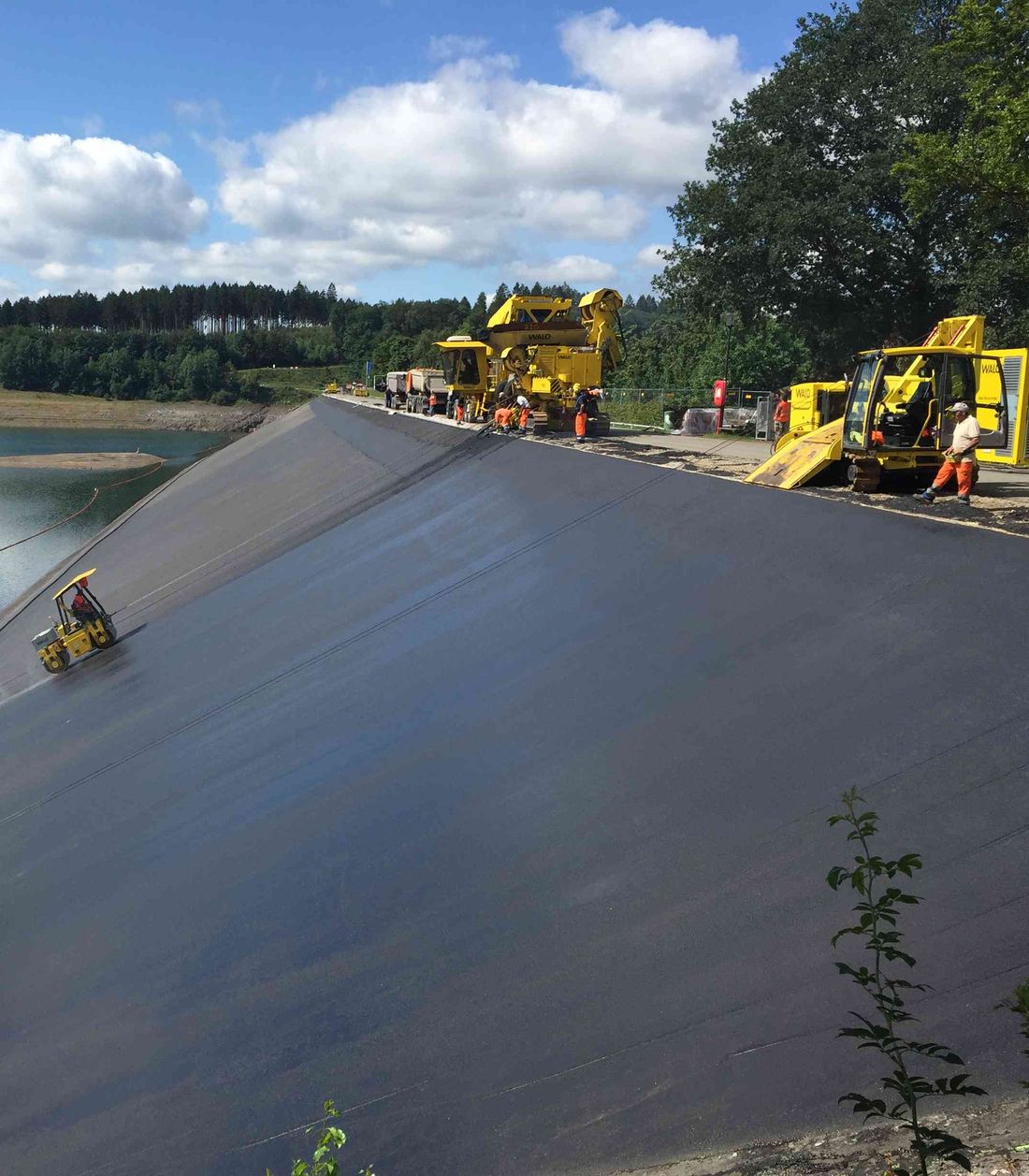- Who we are
- What we do
- Projects
- Career
- Contact
Who we are
Operating internationally with Swiss roots, WALO is a family-owned business now being led by the fifth generation. For over 100 years, WALO has been committed to the combination of consistency and innovation.
What we do
WALO is active as an innovative total solutions company in all markets of the construction industry. With its decades of experience and the permanent development of sustainable as well as economical solutions, the family-owned company has established itself as a reliable partner in the construction industry and infrastructure projects in Switzerland and worldwide.
Projects
We have successfully implemented many challenging projects and are proud to let our references speak for our work.
Career
Good construction and thus satisfied customers require precise work. All our employees, from unskilled workers to engineers, play a key role in ensuring that we achieve this goal time and time again.






















